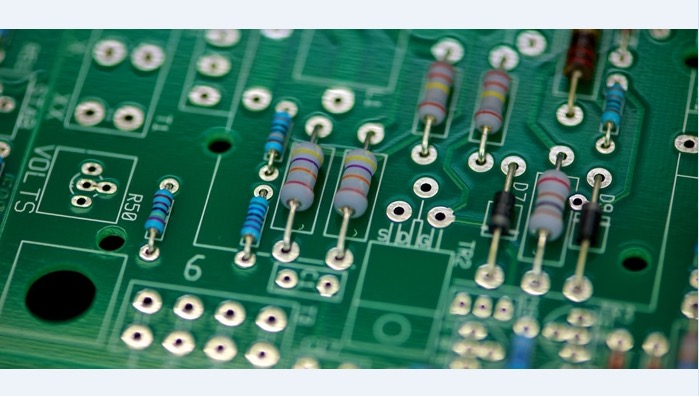Over the years we have witnessed through-hole technology successfully taking over the position inhabited by earlier techniques and electronics.
The point-to-point construction was phased out by the Hole Technology in PCB Design as it continues to gain popularity around the globe. The rise of the surface mount technology (SMT) in the 1980s was expected to completely eliminate the through hole but surprisingly the through hole has proven its worth having a great number of advantages and reliable functions over the SMT.
The Through-hole technology involves mounting leads on components that are inserted into drilled and printed circuit boards (PCB). Then by using manual assembly or automatic insertion mount machines, they are soldered into pads on opposite sides.
The process involves inserting the pin-through hole (PHT) through holes drilled into the printed circuit boards (PCBs). The components could be a resistor, a microcontroller or a capacitor. If the pins go through the board then it is definitely a Through-hole component. The process is also known as through hole assembly.
There are actually two methods used for mounting a component to a printed circuit boards. There is the surface mount assembly and the Through Hole technology (TH). A surface mount fixes the component to the top of the board surface while the Through Hole technology actually provides holes in the board allowing you to attach components through the board that will exit on the opposite side of the board. The leads are the soldered to the copper track and the circuit is done.
The Through-hole components are most preferably used for products that require high reliability and stronger connection. Materials and components constructed using this technology can easily weather through harsh environmental conditions. This is the reason why products of high reliability such as the aerospace and military tools are mostly built using the Through-hole technology. Because of the strong mechanical bonds, the tools are able to withstand collisions, extreme temperatures, mechanical stress and other factors.
The Through-hole technology is quite reliable, providing strong mechanical bonds. The additional drilling, however, makes the production more expensive. When planning to access components constructed by the use of Through-hole technology, you must be willing to plan according to the availability of the components and their price.
There are many instances where one can use the Through-hole technology. If you are in the process of creating a product that you would wish to produce in plenty it is actually cheaper. It allows one to produce material without any limitations of space and cost. The Through-hole is also easier to work with.
The strong mechanical bond of the Through-hole technology is advantageous as it increases the mounting strength of the components. The size and the shape of the components along with the sensitivity and the stress of the component play a major role in your choice to use the Through-hole technology.
While comparing Through-hole mounting to SMT, you will realize that the Through-hole mounting is more preferable in terms of components that are large and frequent to mechanical stress. The design and technology of the SMT is also much more advanced as compared to the Through-hole technology.




